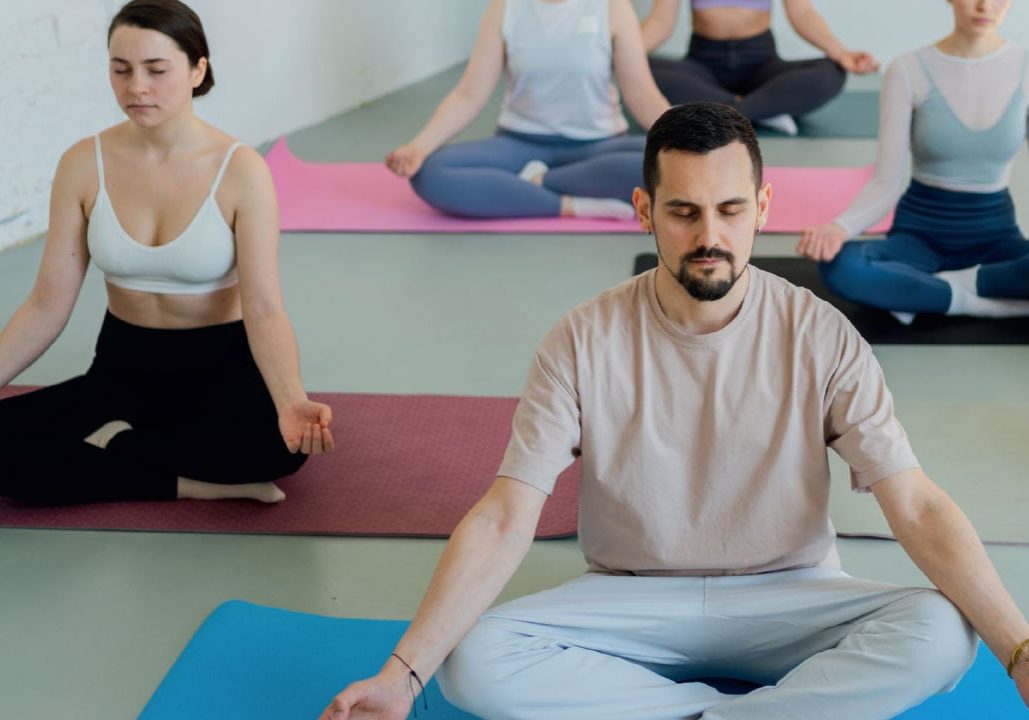So many students practice yoga for years before they actually know what a sankalpa is. I feel honoured to shed some light onto this mysterious ingredient, essential to your practice.
Sankalpa is a personal intention, the most important part of your yoga practice. It is the sacred ingredient that changes a practice to a sadhana practice.
What is a Sankalpa?
In yoga, a sankalpa is more than just a resolution or goal, it’s a heartfelt intention, rooted in the deepest part of yourself. The word sankalpa comes from the Sanskrit words san (truth) and kalpa (vow, or promise) and a commitment to align with your highest truth and live from that space.
“Your sankalpa becomes a part of your daily life. It’s not just something you think about on the mat. It’s something you live and embody.”
Unlike a goal, which often focuses on achieving something external, a sankalpa connects you to who you are rather than what you want to do. It’s about remembering your true essence and moving through life in harmony with that.
Why is Sankalpa important in yoga?
Yoga teaches us that we are already whole and complete. Our practice is not about fixing something broken but about peeling back the layers of conditioning to reconnect with our authentic selves. A sankalpa acts as a guiding light in this process, a way to consciously plant the seeds of transformation in the mind, body, and heart.
Setting a Sankalpa helps to:
Focus the mind: In yoga philosophy, the mind is compared to a restless monkey. A clear sankalpa anchors the mind, bringing clarity and purpose to your practice.
Cultivate inner awareness: It invites you to pause, reflect and listen to the whispers of your heart, aligning your actions with your inner truth.
Support personal growth: A sankalpa works from the inside out, gently guiding you to embody the qualities or values you wish to live by
The philosophy behind Sankalpa
In the Yoga Sutras by Patanjali, the first two limbs, yamas (restraints) and niyamas (observances), emphasise living with integrity and mindfulness. A sankalpa aligns beautifully with this foundation, helping us navigate life with intentionality and awareness.

The practice of sankalpa shakti (the power of intention) is also deeply connected to the concept of smriti (remembering). It’s about remembering your dharma, your unique purpose, and living in alignment with it.
“Rather than focusing on fixing or changing, let your sankalpa come from a place of self-love and acceptance. ”
How to create a Sankalpa
Start with stillness: Take a moment to quiet your mind and listen deeply to your inner voice. What is your heart yearning for? It can be a dream, hope, a quality you want to nourish or a pure healing tone pouring through your practice. You will know; it will come to you.
Keep it simple: A sankalpa is often a short, present-tense statement, such as “I am at peace” or “I embody compassion.”
Let it come from love: Rather than focusing on fixing or changing, let your sankalpa come from a place of self-love and acceptance.
Repeat with faith: Whether it’s at the start of your yoga practice, in meditation, or before sleep, repeating your sankalpa with belief strengthens its power
Sankalpa in practice
Your sankalpa becomes a part of your daily life. It’s not just something you think about on the mat It’s something you live and embody. When challenges arise, your sankalpa reminds you of your truth and helps you respond with grace, Living Yoga. Yoga is not just a practice of movement; it’s a practice of intentional living. A sankalpa is your compass, guiding you toward your highest self, one mindful step at a time.
Wenche Beard is the founder of Living Yoga Community (livingyogacommunity)




